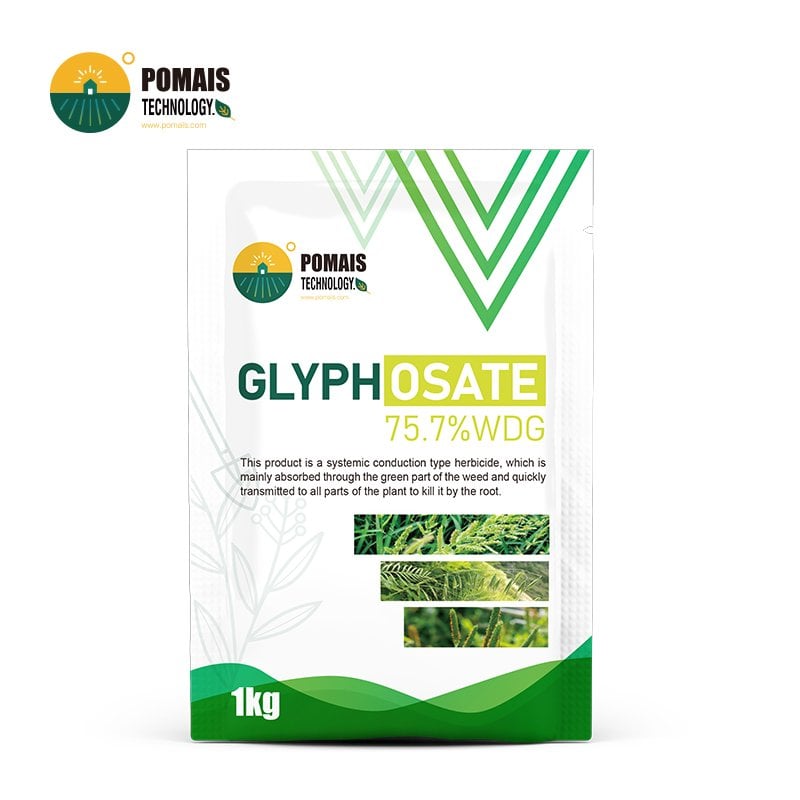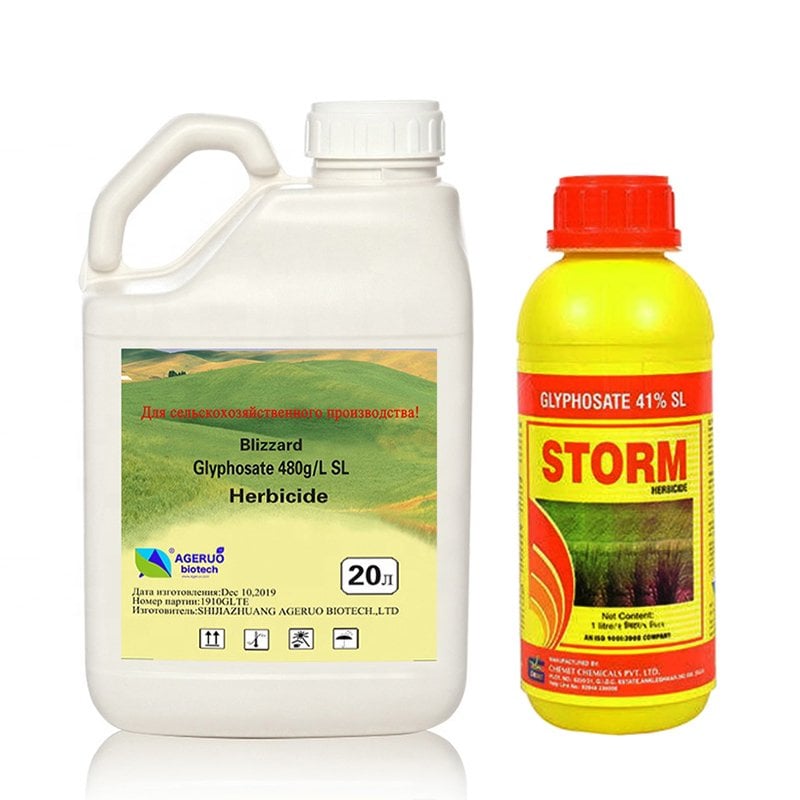Nutsedge: Effective Strategies for Control Nutsedge, particularly yellow nutsedge (Cyperus esculentus) and purple nutsedge (Cyperus rotundus), is one of the most persistent and troublesome weeds in lawns, gardens, and [...]
[...]
November 28th, 2024/5.5 min/A Comprehensive Guide to Using Glyphosate for Ivy Control Ivy, particularly English ivy (Hedera helix), is a hardy and invasive plant that can quickly take over gardens, landscapes, and even buildings if left unchecked. As [...]
A Comprehensive Guide to [...]
November 28th, 2024/5.5 min/Glyphosate is one of the most commonly used herbicides, known for its broad-spectrum efficacy in controlling various types of weeds. However, when it comes to Bermuda grass (Cynodon dactylon), one of the most resilient warm-season [...]
Glyphosate is one of the [...]
November 28th, 2024/3.4 min/POMAIS understand the critical impact of weeds on wheat crop yield and quality. As a trusted agrochemical provider, we offer a range of targeted herbicides designed to control the most challenging and widespread weeds in wheat fields worldwide. Our herbicides [...]
POMAIS understand the critical impact of weeds on wheat crop [...]
November 6th, 2024/1.3 min/POMAIS recognize the critical challenges posed by fungal diseases in wheat cultivation. As a leading agrochemical provider, we offer a range of specialized fungicides that target the most damaging wheat diseases worldwide, helping farmers protect their crops and ensure high-quality [...]
POMAIS recognize the critical challenges posed by fungal diseases in [...]
November 6th, 2024/1.4 min/POMAIS solutions target a range of pests that commonly threaten wheat, including aphids, wheat midges, mites, wireworms, and sawflies. Each product is carefully formulated and tested for optimal performance and environmental compatibility. Our commitment to quality and innovation is reflected [...]
POMAIS solutions target a range of pests that commonly threaten [...]
November 6th, 2024/1.2 min/Cause: Abiotic diseases are caused by environmental factors rather than pathogens. These factors include poor soil conditions, nutrient deficiencies, excessive watering, temperature extremes, pollution, and chemical exposure. Examples: Nutrient Deficiency: Lack of essential nutrients like nitrogen, potassium, or calcium, resulting [...]
Cause: Abiotic diseases are caused by environmental factors rather than [...]
October 10th, 2024/0.4 min/Cause: Nematodes are microscopic worms that feed on plant roots, causing significant damage. They live in soil and can be difficult to control once established. Examples: Root-Knot Nematodes: Cause swollen, knot-like formations on roots, leading to poor water and nutrient [...]
Cause: Nematodes are microscopic worms that feed on plant roots, [...]
October 10th, 2024/0.4 min/Cause: Viruses are microscopic pathogens that cannot live outside of a host. They are usually transmitted through insect vectors like aphids and whiteflies, as well as contaminated seeds or equipment. Examples: Tobacco Mosaic Virus (TMV): Causes mosaic-like patterns on leaves, [...]
Cause: Viruses are microscopic pathogens that cannot live outside of [...]
October 10th, 2024/0.5 min/Cause: Bacteria can infect plants through wounds or natural openings. They thrive in warm, humid environments and spread through water, contaminated tools, or insects. Examples: Fire Blight: Affects apples and pears, causing a burnt appearance on branches and leaves. Bacterial [...]
Cause: Bacteria can infect plants through wounds or natural openings. [...]
October 10th, 2024/0.4 min/





